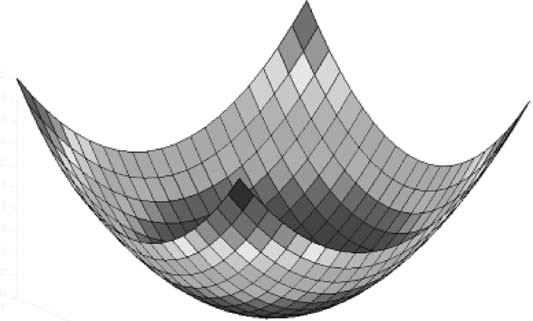Data-driven Process Systems Engineering Lab
Computational Approaches for Studying the Granular Dynamics of Continuous Blending Processes, 2 – Population Balance and Data-Based Methods
Macromolecular Materials and Engineering 2012

The application of computationally inexpensive modeling methods for a predictive study of powder mixing is discussed. A multidimensional population balance model is formulated to track the evolution of the distribution of a mixture of particle populations with respect to position and time. Integrating knowledge derived from a discrete element model, this method can be used to predict residence time distribution, mean and relative standard deviation of the API concentration in a continuous mixer. Low-order statistical models, including response surface methods, kriging, and high-dimensional model representations are also presented. Their efficiency for design optimization and process design space identification with respect to operating and design variables is illustrated.
Link to Publication